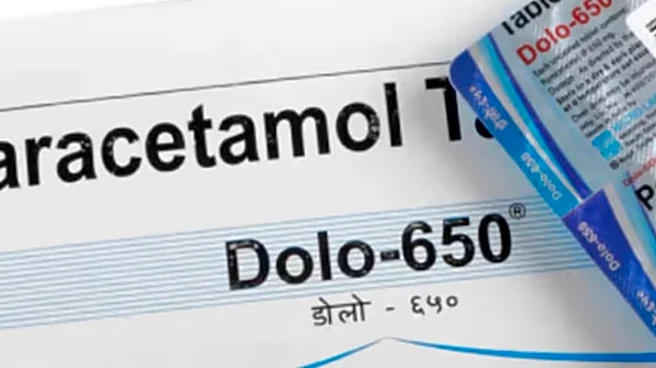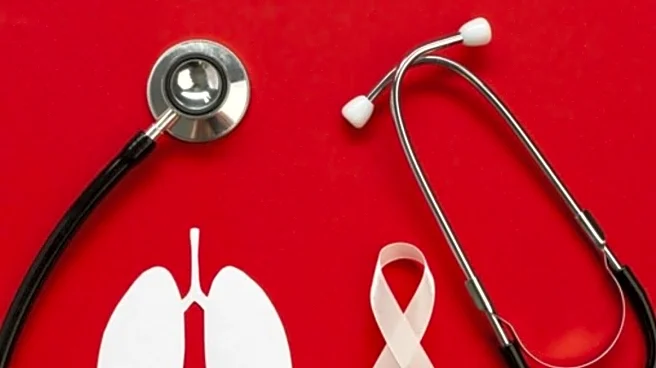India’s chronic disease burden is exploding, and clinic time is scarce, especially outside metros. That’s why remote patient monitoring (RPM) is moving from pilot to playbook for diabetes, hypertension,
and post-surgical recovery. Below is a research-backed explainer built around what trials and programs actually show, how RPM fits India’s digital-health rails, and what to watch out for before scaling.
First, the Evidence: Does RPM Improve Outcomes?
Large reviews of digital health for hypertension consistently find that home blood-pressure monitoring combined with a clinical response team improves control versus usual care. A 2024 review in JAMA Network Open highlights that remote BP logging, tailored coaching, and centralized clinician oversight identify masked or white-coat hypertension and improve control rates compared with clinic-only care.
For post-surgical patients, a 2025 randomized trial in npj Digital Medicine followed 293 people undergoing major abdominal or pelvic cancer surgery. Patients wearing a wrist-accelerometer and reporting symptoms through an app, with nurse triage for threshold breaches, had better recovery metrics and fewer unplanned acute-care visits than those with standard surgeon follow-up.
Diabetes programs that integrate glucometer uploads, short message check-ins, and virtual dose adjustments can be run with surprisingly little clinician time. One 2025 program report found median provider time of about 10 minutes per patient per month while maintaining glycemic control less than a typical clinic visit which hints at scalability if workflows are tight.
New mHealth studies from 2024–2025 show feasibility and signals for improved BP control when remote monitoring is linked to structured care pathways. The common thread: outcomes improve when data flows trigger action from a responsible clinical team.
Why RPM Maps Well to India’s Realities
RPM’s value proposition rises as clinic access falls. District hospitals and taluk health centers are overburdened; travel costs and lost wages reduce follow-up adherence. With basic devices and a phone, patients can send vitals, and clinicians can escalate only when needed.
Internationally, at-scale home BP programs have even freed up hundreds of thousands of primary-care appointments, suggesting real capacity gains when monitoring moves home.
India also has rare tailwinds: the Ayushman Bharat Digital Mission (ABDM) for identity, records, and data exchange; state pilots in AI-enabled screening; and a fast-growing digital-health market that is drawing device makers and software vendors into local manufacturing and integration.
The Building Blocks: Devices, Data, and a Response Layer
Patient-side hardware: For diabetes and hypertension, glucometers, Bluetooth BP cuffs, and sometimes weight scales and patches. For surgical recovery, wearables tracking step count, heart rate, and sometimes temperature.
Data plumbing and identifiers: ABDM’s ABHA number, facility and professional registries, and the Unified Health Interface aim to make device data discoverable, consented, and longitudinal, so the same person’s readings don’t scatter across apps.
Clinical protocols and staffing: The biggest predictor of success is whether someone is watching the stream with rules to act. Trials that improved outcomes used nurse triage and escalation to physicians when thresholds were crossed or trends deteriorated.
Where RPM Helps Most Today
Hypertension
Home BP distinguishes real control from clinic-only snapshots, flags masked or white-coat patterns, and supports faster, safer titration. When a centralized team revises meds based on logged readings and coaches adherence, control rates rise.
Type 2 Diabetes
Structured data uploads, short virtual touchpoints, and protocolized dose adjustments reduce clinic dependence without sacrificing control. Programs with tight workflows report minimal clinician time per patient, critical for districts with staffing gaps.
Post-Surgical Recovery
Wearables and symptom diaries catch deterioration days earlier than a routine two-week review. For cancer surgeries, RPM reduced unplanned care and improved functional recovery in the npj Digital Medicine randomized trial, strong evidence that monitored discharge can be safer discharge.
Pregnancy Hypertension
The World Health Organization’s 2025 digital adaptation kit standardizes self-monitoring of BP in pregnancy, offering countries templates to implement safe remote monitoring and follow-up.
What Can Go Wrong: Five Failure Modes to Fix Early
- Data without action: Pushing readings to an app but lacking a response team turns RPM into busywork.
- Alert fatigue: Raw thresholds produce noise. Use trend-based triggers and brief daily windows for upload to keep outreach meaningful.
- Digital divide: RPM must work on basic Android devices, offline first, with IVR or SMS fallbacks.
- Unverified devices and poor calibration: Cheap cuffs and strips can sink trust.
- Privacy and consent: Use ABDM consent flows; store only what you use; log accesses.
Costs, Capacity, and Where to Pilot First
Market reports suggest India’s patient-monitoring and digital-health segments are expanding quickly, helped by local manufacturing and public-digital rails. For payers and states, prioritize high-burden districts with poor follow-up rates for hypertension and diabetes, and surgical units with frequent unplanned readmissions.
Start with 200–500 patients to balance signal and manageability. A pragmatic pilot budget should line-item devices, data packs, nurse FTE for triage, physician oversight sessions, training, and an evaluation partner. The return on investment should track three things: change in control rates (BP, HbA1c), avoided visits/admissions, and patient-reported experience.
RPM isn’t magic; it’s disciplined follow-up supercharged by simple devices and smart workflows. The best evidence shows that when home measurements are tied to real clinical action – nurse triage, timely medication changes, and clear escalation – patients with hypertension and diabetes gain control faster, and surgical patients recover more safely with fewer unplanned visits.
India’s digital rails under ABDM and a rapidly maturing device market give the country a rare chance to scale RPM where it’s needed most: districts and small towns that can’t spare clinic time but can manage a phone and a cuff. Done right, RPM doesn’t replace doctors; it buys them time to treat the patients who most need to be seen in person.







/images/ppid_59c68470-image-175852502896171698.webp)

/images/ppid_59c68470-image-175852757417582211.webp)